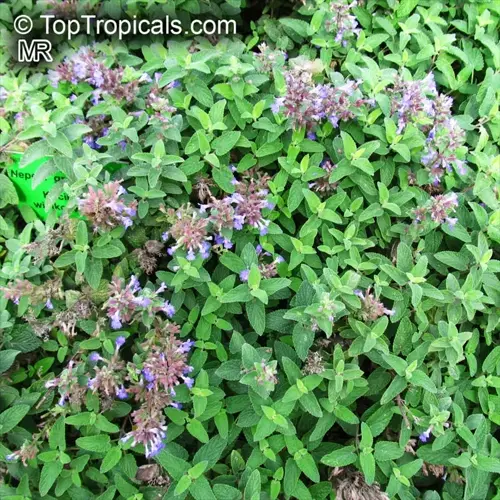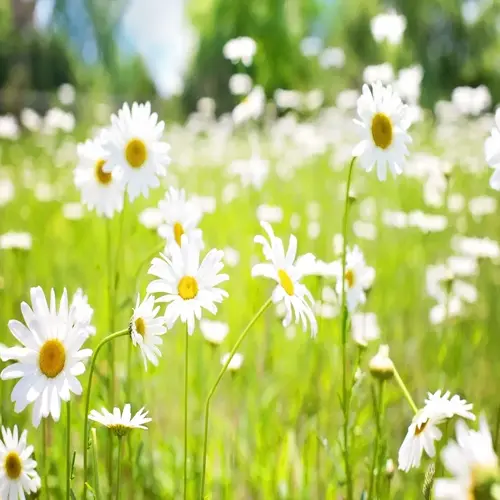Do chive plants return annually or require replanting?

Written by
Paul Reynolds
Reviewed by
Prof. Samuel Fitzgerald, Ph.D.Chives are dependable perennial herbs in most gardens. They naturally enter a cycle of dormancy and can be relied on to grow back every year without needing to be replanted. In the winter, the bulbs lie dormant underground, supplying energy. This is why they are perfect for low-maintenance gardens. I have kept the same chive patch growing for five years. Each spring, it grows back stronger than it did the previous year.
Dormancy Mechanism
- Bulbs store energy during cold months
- Foliage dies back after first frost
- Metabolism slows to conserve resources
Regrowth Process
- New shoots emerge when soil reaches 45°F (7°C)
- Initial growth focuses on leaf development
- Flower stalks form after sufficient leaf mass
Longevity Factors
- Division every 3 years maintains vitality
- Soil renewal prevents disease buildup
- Adequate spacing reduces competition
Winter preparation enables a healthy re-emergence in the spring. In more northern zones, insulating mulch should be applied before the first frost. Insulating mulch includes straw or shredded leaves applied three inches deep. Insulating mulch protects bulbs from the freeze-thaw cycle. Annually, I make this winter prep in zone 5. I also relocate container plants and move them to protected areas in my home when the temperatures dip below 25°F (-4°C).
The timing of spring emergence is predictable. Watch for those purple-tipped shoots breaking through the soil. Here, ground temperatures warm just enough for them to emerge. With warmer weather and later days, growth begins to accelerate. I keep records of the emergence dates for climate tracking purposes. A practically established plant will quickly outpace first-year seedlings early on. This is why it's an advantage to be a perennial.
Maximizing longevity through proper division techniques. Unearth mature clumps every three springs; divide bulbs with care and keep three bulbs per section. Replant divisions eight inches apart in enriched soil. This maximizes space and prevents the progression of overcrowding/disease. My divisions establish more quickly than seed-grown plants, flower more quickly, and produce more foliage.
Perennial chives are worth their weight in garden gold. Their dependability means less work is required for replanting each year. Once established, they have greater pest resistance than annuals do. They fill permanent garden spaces consistently, without gaps appearing. I plant them in between vegetables or herbs to provide a steady harvest. Their consistent and dependable nature makes for an invaluable kitchen garden perennial.
Read the full article: How to Grow Chives Successfully

